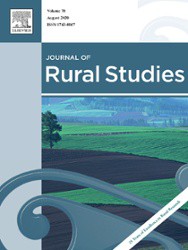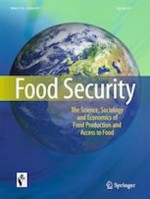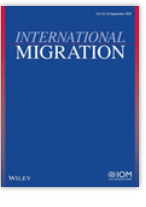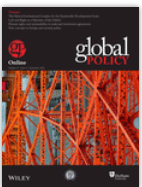How does International Migration Impact on Rural Areas in Developing Countries? A Systematic Review

This study is a systematic review of literature on the impact of international migration on rural areas. We examined this impact on six rural welfare indicators, including labour, livelihood activities, income, food security, land use, and rural development. We selected 44 papers from a pool of 1544 articles published from 2007 to 2018. We found that the impact of international migration on selected indicators varies and are highly context-specific. The results point to the existence of heterogeneity in impacts, capable of creating a space of losers and winners among migrants and non-migrants households. The immediate impact is the loss labour effect, which leads to a process of feminisation of agriculture and the use of child labour. In the intermediate, this trend changes the power relationship in rural areas, briefly increasing the opportunities for the non-migrants household to control land. However, remittance helps the migrant household to move up in the income ladder, improving their food security, enabling the repurchase of land and causing a transition away from agriculture. We submit that international migration from developing countries could create a dynamic process of structural and functional transformations in rural areas, which may ultimately lead to a transition away from agriculture. We provide several policy implications and identified some research gaps for future studies.





